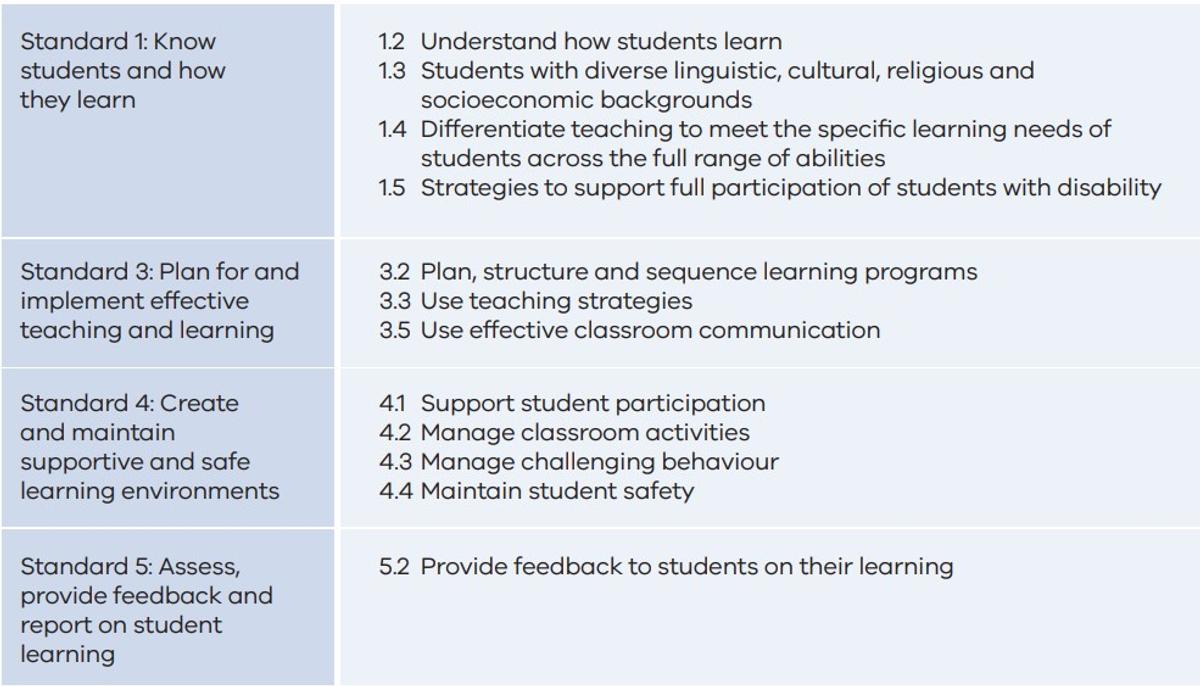Mental Health & Wellbeing Page

Effective Teaching and Learning Practices for Behaviour
The Effective Teaching and Learning Practices for behaviour (ETLPs) are a set of evidence-informed instructional practices that can be applied in any classroom setting to create safer, more purposeful learning environments that support student learning and wellbeing.
Traditional approaches for addressing inappropriate student behaviour have tended to focus on the ‘problem’ with the student. Although some learners may have complex behavioural needs, educators have the ability to promote student success and engagement through specific actions. By increasing classroom organisation, explicitly teaching the skills necessary for success, and maximising student participation and engagement during instruction, educators can prevent many behaviour challenges. There are eight ETLPs with specific practices designed to protect instructional time and engaged time.
The Victorian Department of Education has simplified and streamlined the Framework for Improving Student Outcomes (FISO 2.0), to enable schools to focus on what matters most to improve every student’s learning and wellbeing outcomes. The ETLPs are intended to complement existing DE resources including the High Impact Teaching Strategies (HITS) and the new High Impact Wellbeing Strategies (HIWS). Academic success and wellbeing outcomes are linked (World Health Organisation, 2021). Research indicates that students with access to safe, orderly learning environments experience greater success (Angus, et al., 2009; Sullivan, et al., 2014) and are more likely to engage in appropriate behaviour (Konu & Rimpela, 2002). Students who learn positive school behaviours are more likely to achieve academic success (Marzano, et al., 2003).
Australian teachers report that low-level disruptive and disengaged student behaviours occur frequently and are the most difficult to manage. These include behaviours such as: avoiding doing schoolwork, disrupting the flow of a lesson, disengaging from classroom activities and talking out of turn (Sullivan, et al., 2014).
Punishment alone does not teach students what to do
Punishment is no substitute for teaching and encouraging expected behaviours and skills. Highly effective classrooms use proactive approaches where acceptable behaviours are taught and practised regularly and appropriate behaviour frequently encouraged. Although strong reprimands and punishments are often effective in suppressing undesirable behaviour in the short term, punishment alone does not address the underlying causes. Overly punitive approaches may inadvertently escalate or provoke inappropriate behaviour, making things worse.
The ETLPs and the Australian Professional Standards for Teachers
By using ETLPs, teachers can develop and demonstrate several professional standards, such as:
At Surfside we are working hard to ensure the needs of all of our students are being met.


